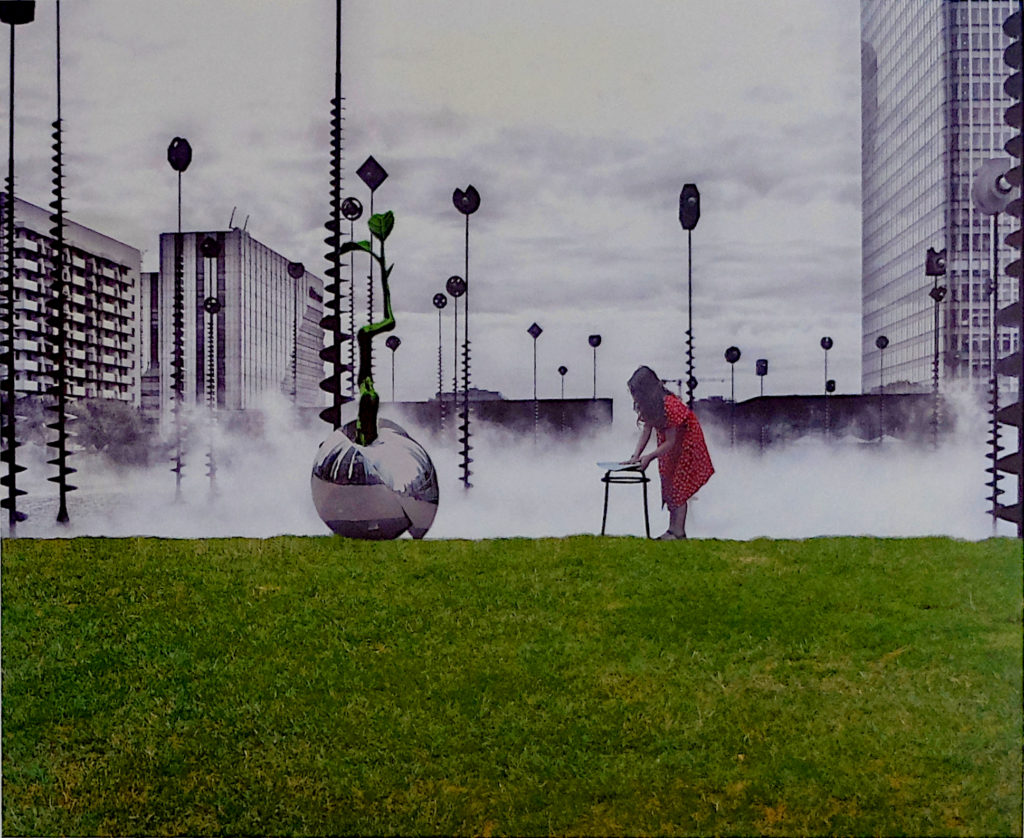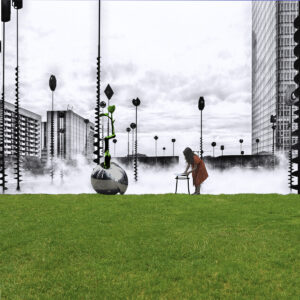Climate change and regular heatwaves enhance the need for urban planning strategies to rebalance grey infrastructures with green “systems”. Urban citizens applaud the idea. Canopies and urban forests are on the agenda. The collective recognition of our environment fragility seems to find its answer in a politically correct greening attitude.
There is no need to develop a controversial position against greening cities. But there is a legitimate question: Do green infrastructures improve urban resilience and at which conditions? Where are the evidences showing that a city may better integrate the occurrence of hazards thanks to a greening environment?
Some authors conceptualize urban greening through the idea of Nature Based Solutions (1) encompassing multiple objectives, issues and interactions, ranking from focused solutions to holistic views. Though no one can deny the positive impact of nature, NBS broad framings difficultly entail a clear view of their urban resilience contribution and on the way natural resources could be managed. A given NBS may apply differently depending on its geographical location (2). More generally, their quantification is questionable: the below study shows how indicators may lead to different perspectives, whether priority is given to efficiency, effectiveness, social support or flexibility (3).
A more focused approach is based on the concept of Urban Ecosystem Services, providing more insight on the relevance of green infrastructures. Interesting examples can be found in a publication (4) showing how New York City policy helped to improve the sewage quality and volume through green infrastructures, with significant savings when compared with “grey investments”. But are we speaking here of sustainability or resilience? (5). Where most focused examples of UES are justified by their efficiency, the redundancy required to qualify a resilient approach is not obvious.
No need to conceptualize when it comes to limit the effects of urban heat islands. Multiple examples show that a green urban design replacing bitumen and other materials releasing at night the accumulated daily heat, contributes directly to urban resilience “integrating” heat wave risk generated by climate change.
On top of the practicality issues of greening strategies implementation (Will all tree species adapt under climate change? Is pollen allergy taken into account?)(6,7), urban citizens should realize that decoupling from grey infrastructures means much more than (re)introducing a natural component in our urban grid. The concept of urban resilience demands a capacity to leave our comfort zone and dare to venture into a new route. Green infrastructures should help concomitantly to strengthen our sense of place. Sense of place can be defined as the way individuals are connected to a place. More than the place itself, what matters here are the appropriation process and its dynamics building the connections between people and their living environment. N. Frantzeskaki & Al. (8) describe three key phenomena linking urban resilience to the sense of place, as follows: -1 The way urban experiments contribute to social relations and networks between people and the place -2 The way narratives introduce a transformative vision -3 The symbolic meaning of the place leading to a sense of belonging
In a comprehensive publication, M. Najafi/MKBM. Shariff (9) recall the 6 steps to reach the Sense of Place. From Being located in a place (familiar to the place without any emotional connection) to Belonging to the place (emotional connection with symbolic understanding) to Attachment to the place (the place is meaningful and significant) to Identifying to the place goals (people are integrated with the place) to Involvement in a place (people have an active role in the place) to Sacrifice for a place (the deepest level of commitment) which we will not consider as a sine qua non condition to reach the Sense of Place …
Though the Sense of Place is related to people behavior more than the state of the place itself, the question of the physical attributes providing the social stimuli to build the Sense of Place is pending. Should we expect urban citizens to have a self-consciousness enabling them to develop such (re)appropriation process? Or should this be the role of local decision makers when urban planning is implemented, possibly integrating green investments?
Greening the city looks to be one of the best examples of how urban resilience is balanced between its environmental, urbanistic and sociological dimensions, advocating for a collective intelligence going far beyond a simplistic greening attitude.
In the below work, the symbolic meaning of the place takes shape through a young girl drawing a sculpture of Korean artist Lim Dong-Mak. Point Growth, speaks of a nature balanced between strength and fragility, a metaphoric narrative introducing the role of greening in cities. The young girl drawing leads to question how art may help greening cities to reinvent the soulless urban environment of the background..

(1) https://doi.org/10.1093/biosci/biz042
(2) https://theconversation.com/why-unescos-nature-based-solutions-to-water-problems-wont-work-in-africa-93208
(3) https://northsearegion.eu/media/6959/report_pr3812_evaluatingnbs_final_29112018.pdf
(4) https://link.springer.com/content/pdf/10.1007%2Fs13280-014-0509-8.pdf
(5) http://www.beijer.kva.se/PDF/99599992_Elmqvist%20et%20al%202019%20NS.pdf
(6) http://www.anthropocenemagazine.org/2019/06/are-cities-planting-the-right-trees-not-just-for-the-present-but-for-the-future/
(7) https://doi.org/10.1016/j.landurbplan.2011.03.006
(8) https://link.springer.com/article/10.1007%2Fs11625-018-0562-5
(9) https://waset.org/publications/14034/the-concept-of-place-and-sense-of-place-in-architectural-studies
